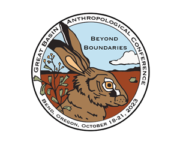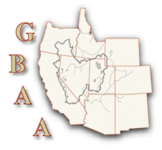GBAC Info blast

The submission portal for presentations and posters is now closed. The 38th GBAC will feature 159 presentations and posters organized into one plenary session, nine symposia, 2-3 general sessions, and two poster sessions. Watch for the Preliminary Program on the GBAA website and Facebook page in the next 7-10 days. It’s going to be a great conference, with everything you have come to expect from the GBAC as well as a Keynote Lecture by Dr. David Hurst Thomas at Friday evening’s banquet. So, what now? Here is how you can help make this year’s GBAC a success: 1. Register in advance and book your hotel room. The Riverhouse is sold out of rooms for Wednesday, October 18th but there are still rooms available at the conference rate of $120-135/night for Thursday, October 19th and Friday, October 20th. Riverhouse rooms are still available at the non-conference rate for Saturday, October 21st. To register for the conference, please visit: https://greatbasinanthropologicalassociation.org/gbac/gbac-registration/ To book your Riverhouse room, please visit: https://greatbasinanthropologicalassociation.org/gbac/venue-hotel/ In the event that Riverhouse rooms are unavailable for the dates you need, the Red Lion Inn & Suites (541-388-4114) is offering rooms at a comparable price and is located just across the street from the Riverhouse. 2. Reserve a spot…

